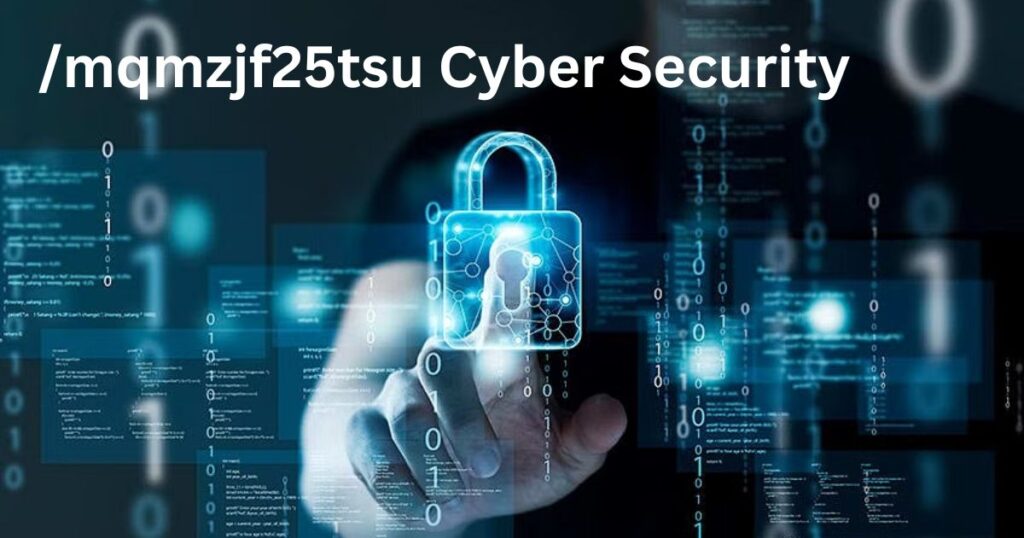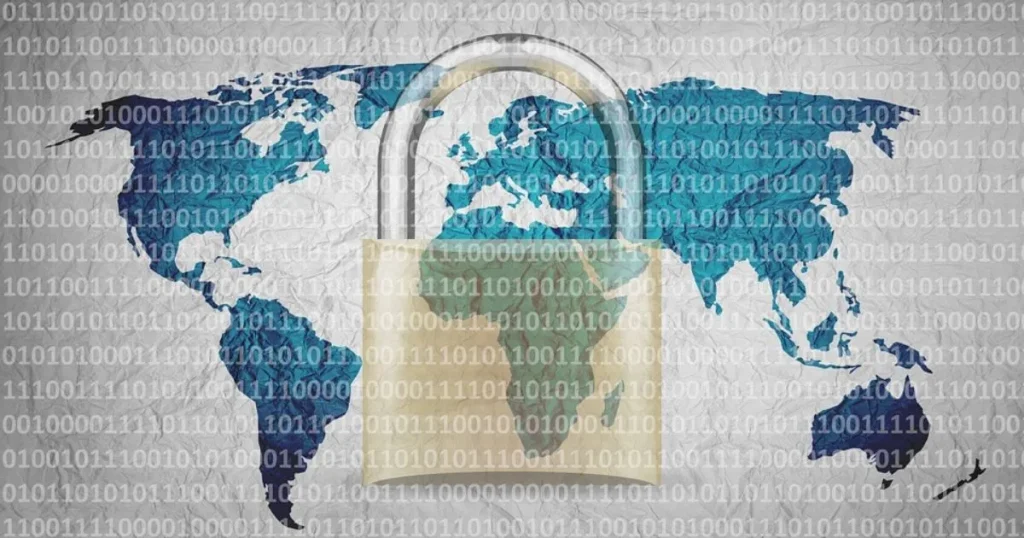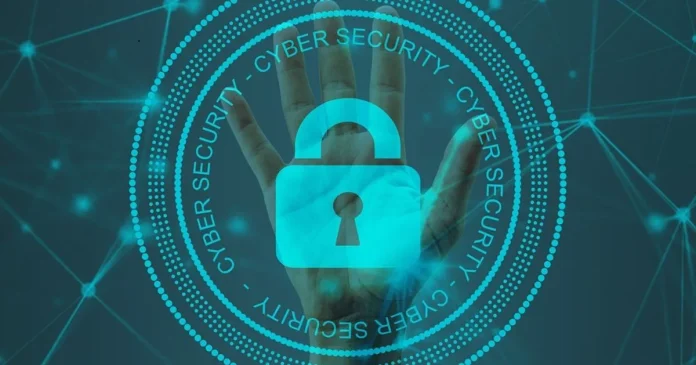/mqmzjf25tsu -Cybersecurity protects important systems and data against cyber attacks. Cybersecurity methods protect networked systems and applications from internal and external attacks.
Data breaches cost USD 3.86 million globally and USD 8.64 million in the U.S. in 2020. These costs include identifying and responding to the breach, downtime, lost revenue, and long-term brand damage.
Cybercriminals sell consumers’ personally identifiable information (PII)—names, addresses, national identity numbers (e.g., Social Security numbers in the U.S., fiscal codes in Italy), and credit card information—in underground digital marketplaces. Customer trust, regulatory fines, and legal action commonly follow PII breaches.
Disparate technology and a lack of in-house expertise can increase security system expenses. However, organizations with a complete cybersecurity plan, controlled by best practices and automated utilizing advanced analytics, A.I., and machine learning, can fight cyber threats more effectively and lower breach lifecycles and impacts.
Security domains:
A good cybersecurity policy protects against cyber assaults that access, change, or delete data, extort money from users or organizations, or disrupt corporate activities./mqmzjf25tsu.
Countermeasures should address the following:
Critical infrastructure security:

Critical infrastructure security Protecting computer systems, networks, and other assets needed for national security, economic health, and public safety. The U.S. Department of Homeland Security (DHS) and the National Institute of Standards and Technology (NIST) provide cybersecurity frameworks for organizations.
Network security protects a computer network from intrusions, including Wi-Fi and wired connections. On-premises and cloud application security processes. Data handling, user authentication, etc., should be considered while designing security applications.
Cloud security:
Cloud security is trustworthy confidential computing that encrypts cloud data at rest (in storage), in motion (to, from, and within the cloud), and in use (during processing) to satisfy customer privacy, business requirements, and regulatory compliance standards.
Information security, such as the GDPR, protects your most sensitive data from unauthorized access, exposure, or theft. End-user education for endpoint security. Users can learn to remove suspicious email attachments, avoid strange USB devices, etc.
Disaster recovery/business continuity planning :/mqmzjf25tsu.
Disaster recovery/business continuity planning tools and methods for responding to unanticipated occurrences, including natural disasters, power outages, and cybersecurity incidents, with little disruption to vital operations.IBM storage security Flash System® protects data. Encryption and segregated data copies. These stay in the same pool, which may be restored rapidly to minimize cyberattack damage.
Mobile security:
Mobile security IBM Security® MaaS360 with Watson protects your workforce with an app, container, and mail security.

Cybersecurity misconceptions:
Cybersecurity incidents are rising worldwide, but misunderstandings like:
Cybercriminals are outsiders. Malicious insiders or outside hackers often cause cybersecurity breaches. Well-organized, state-backed groups may include these insiders. Known risks. Thousands of new vulnerabilities in old and new applications and devices are increasing the risk surface.
Human error:
Human error specifically negligent workers or contractors that unintentionally create a data breach—is increasing. Attacks are contained. Linux, O.T., IoT, and cloud platforms are new attack vectors for cybercriminals./mqmzjf25tsu.
Safe industry:
Cyber enemies use communication networks in every government and private-sector organization, posing cybersecurity threats to every business. Ransomware attacks (see below) target local governments and non-profits, and risks to supply chains, “.gov” websites, and critical infrastructure have escalated.
Common cyber threats:
Although cybersecurity professionals work hard to plug security gaps, attackers continually seek new ways to avoid I.T. notice, dodge defenses, and exploit growing weaknesses. Work-from-home environments, remote access technologies, and new cloud services enable new cybersecurity concerns. Emerging threats include:
Malware
Malware—worms, viruses, Trojans, and spyware—provides unauthorized access or damages a machine. Malware attacks are becoming “lifeless” to avoid antivirus technologies that monitor for dangerous file attachments.
Malware Threat Intelligence Index 2022./mqmzjf25tsu.
Ransomware
Ransomware encrypts files, data, or systems and threatens to delete or expose private or sensitive data unless a ransom is paid to hackers. State and local governments, which are easier to penetrate than organizations, are under pressure to pay ransoms to restore citizen-reliant programs and websites.
Social engineering/phishing
Phishing uses social engineering to get individuals to reveal their PII. Phishing scams solicit credit card or login information by email or SMS. Remote employment has increased pandemic-related phishing, according to the FBI.
Insider threats
If they abuse their access permissions, former workers, business partners, contractors, or anyone with access to systems or networks might be an insider danger. Firewalls and intrusion detection systems can’t detect insider threats.
DoS assaults
DDoS attacks flood servers, websites, and networks with traffic from several synchronized systems to crash them. SNMP-based DDoS assaults overwhelm enterprise networks.
Advanced persistent threats :/mqmzjf25tsu.
APTs include an intruder or group of intruders infiltrating a system unnoticed. The invader leaves networks and systems intact to eavesdrop on corporate activity and take important data without activating defensive countermeasures. APTs like Solar Winds breached U.S. government systems.
MIM attacks
Cybercriminals use man-in-the-middle attacks to steal data by intercepting and relaying messages between two parties. An attacker can intercept guest device data on an unprotected Wi-Fi network.
Best cybersecurity practices
The following best practices and technologies can help your organization establish robust cybersecurity that decreases cyber assaults and secures vital information systems without disrupting user or customer experience:
Identity and access management (IAM):
Identity and access management (IAM) determines users’ roles, access privileges, and circumstances for granting or denying privileges. Single sign-on, multifactor authentication, privileged user accounts, and user lifecycle management manage users’ identities and access privileges from registration to retirement.
IAM technologies can also help cybersecurity personnel see suspicious activity on end-user devices, including those they can’t access. This expedites breach investigation and containment.
Data security platforms secure sensitive data in hybrid multi-cloud environments. The best data security platforms provide automated, real-time visibility into data vulnerabilities, ongoing monitoring that alerts them to data vulnerabilities and risks before they become data breaches, and simplified compliance with government and industry data privacy regulations. Data security requires backups and encryption.
Security information and event management (SIEM):
Security information and event management (SIEM) analyze security event data to automatically detect questionable user behavior and take preventative or corrective action. A.I. and user behavior analytics are now part of SIEM solutions./mqmzjf25tsu.
SIEM can automatically prioritize cyber threat response based on risk management goals. Numerous organizations are connecting their SIEM solutions with security orchestration, automation, and response (SOAR) technologies to automate, accelerate, and handle multiple cybersecurity issues without human interaction.

Zero-trust security:
Businesses are more connected than ever. Systems, users, and data are in various settings. Perimeter-based security is outdated, but installing security controls in each environment is complicated. Both instances reduce asset protection.
Zero trust presupposes compromise and validates every user, device, and connection into the company for authenticity and purpose. Organizations must combine security information to provide context (device security, location, etc.) that informs and enforces validation controls to implement a zero-trust strategy.
IBM Cybersecurity:
IBM Security has the most comprehensive enterprise security suite. As supported by IBM X-Force® research, the portfolio helps organizations build security into their business to flourish unpredictably./mqmzjf25tsu.
Visit for risk assessment, event detection, and threat response assistance:
- IBM X-Force Exchange for worldwide threat intelligence (link outside ibm.com).
- IBM Security Services aligns cybersecurity strategy
- IBM Security Command Centre for deep cyber-range experience
- IBM Security Intelligence (link outside ibm.com) provides the latest cybersecurity techniques, trends, and insights from IBM Security specialists.










